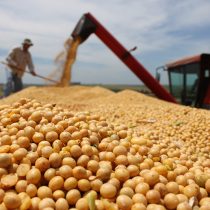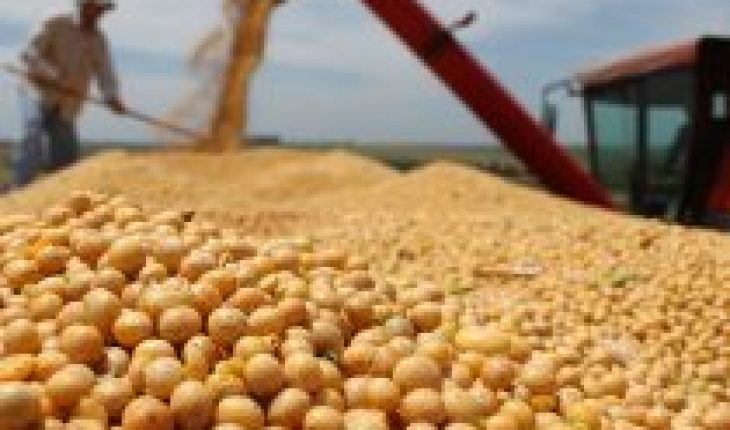
The announced breakdown of the stock of legumes to produce the food baskets delivered by the government in the context of the Pandemic by Covid-19, is not only an additional argument that problematizes the way in which the transfer of food to the most vulnerable population is carried out, but also highlights a larger problem affecting the entire population that inhabits the country.
Indirectly, the stock break and its price increase, reveals that the recommendations indicated in the Food-Based Food Guidelines, specifically the one that recommends consuming “legumes at least twice a week”, would be unfulfill if the entire population wanted to follow it. According to the National Health Survey (2016-2017) only 24.4 percent of the population complies with this recommendation, however, in the event of a possible increase in consumption of these products, the supply is not insured by the market.
This instability in the availability of safe and nutritious food to meet the needs of the population is part of the definition of food insecurity. It is not the market, but the State that must guarantee it through policies, strategies and social, educational, economic and productive plans, certifying the availability and access (physical, social and economic) stable for all, quality food and in the necessary quantity, as well as having what is necessary for its proper use (for example, to consume dried legumes requires access to water and a heat source for cooking).
Confidence in market self-regulation and productive redirection of crops and land resulted in domestic legume production falling by 86 per cent from 30 years ago, from producing 87,000 tons (ton) of beans to just 17,000 tons in the last season and 8,200 and 6,000 lentil and chickpea to just 1,400 and 280 ton, respectively. This is mainly associated with a sharp reduction in the area sown from disincentive by producers to compete with imported legumes that are produced on a larger scale than in Chile and/or subsidized by countries such as Canada, China, Argentina, among others. Thus, the country currently relies mainly on imports to cover more than 70% of its consumption needs, for example, almost 90% of the lentil consumed in Chile comes from Canada, a similar situation occurring with the chickpea from Argentina. The self-suede landscape is quite negative, considering the poor technology associated with the production of legumes, with yields practically static for 30 years, with crops established on small areas and rooted in the work of peasant family farming, where about 80 percent of production is concentrated, which are also gradually displaced by more profitable crops.
The situation described for legumes highlights not only the fragility of our food security, but also the loss of collective sovereignty over food production and consumption, leaving them at the mercy of economic decisions and market swings.
To avoid these situations and take care of food security and sovereignty, it is necessary to have public policies that promote and protect agricultural and fisheries production, facilitating their national distribution through circuits as little as possible and supervigiling prices to ensure access and availability at all times, everywhere and for all.
It is also necessary to establish constitutionally a real right to food, including the exercise of food sovereignty in the territory, and to deal with sustainability and sustainability in the production of safe, nutritious and culturally appropriate foods, aimed at maintaining producers and their societies.
The content poured into this opinion column is the sole responsibility of its author, and does not necessarily reflect the editorial line or position of El Mostrador.





